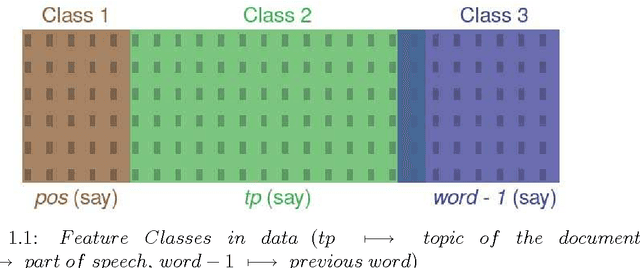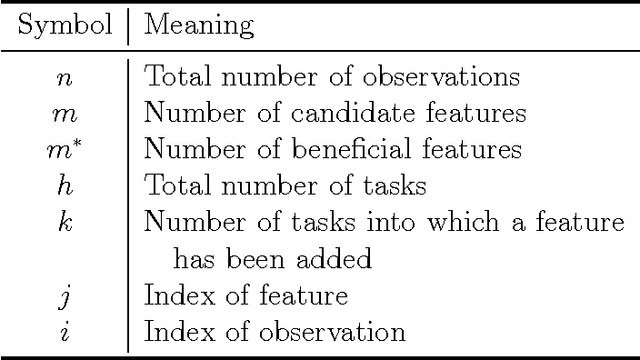Transfer Learning Using Feature Selection
Paper and Code
May 25, 2009



We present three related ways of using Transfer Learning to improve feature selection. The three methods address different problems, and hence share different kinds of information between tasks or feature classes, but all three are based on the information theoretic Minimum Description Length (MDL) principle and share the same underlying Bayesian interpretation. The first method, MIC, applies when predictive models are to be built simultaneously for multiple tasks (``simultaneous transfer'') that share the same set of features. MIC allows each feature to be added to none, some, or all of the task models and is most beneficial for selecting a small set of predictive features from a large pool of features, as is common in genomic and biological datasets. Our second method, TPC (Three Part Coding), uses a similar methodology for the case when the features can be divided into feature classes. Our third method, Transfer-TPC, addresses the ``sequential transfer'' problem in which the task to which we want to transfer knowledge may not be known in advance and may have different amounts of data than the other tasks. Transfer-TPC is most beneficial when we want to transfer knowledge between tasks which have unequal amounts of labeled data, for example the data for disambiguating the senses of different verbs. We demonstrate the effectiveness of these approaches with experimental results on real world data pertaining to genomics and to Word Sense Disambiguation (WSD).
 Add to Chrome
Add to Chrome Add to Firefox
Add to Firefox Add to Edge
Add to Edge